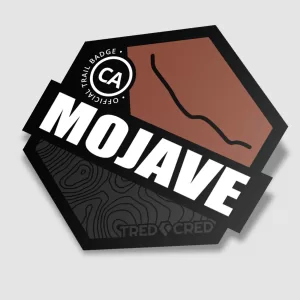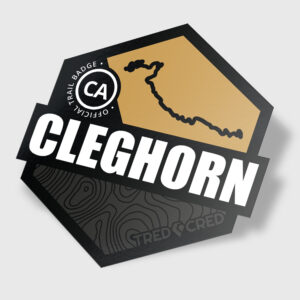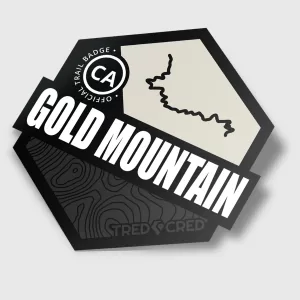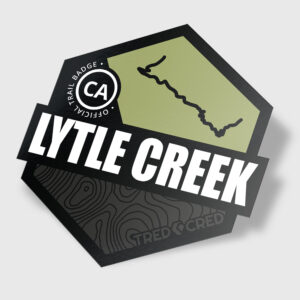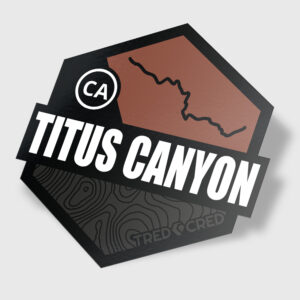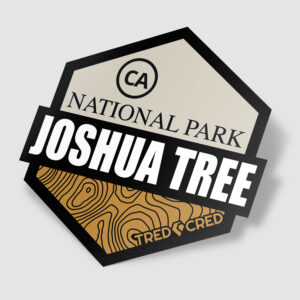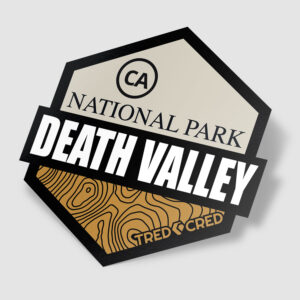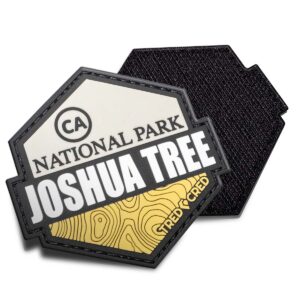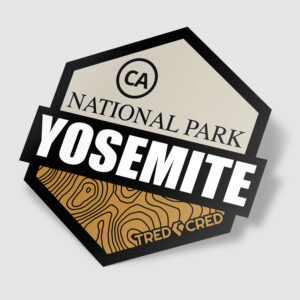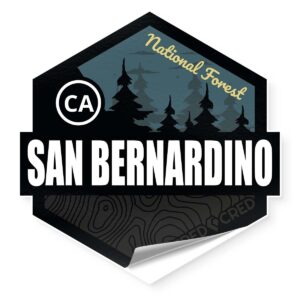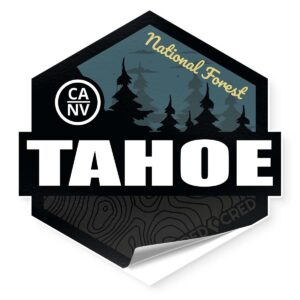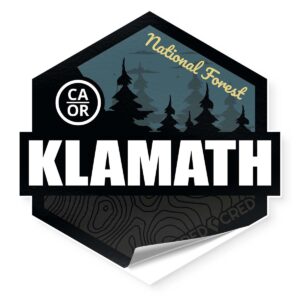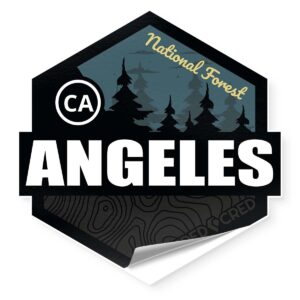Overlanding in California: The Ultimate Guide to Off-Road Exploration
The sound of tires crunching over gravel, the scent of pine filling the air, and ahead of you, a dirt road winding its way into the unknown—this is overlanding in California. Whether you’re an experienced off-roader or just getting started, the Golden State is an overlanding paradise, offering everything from high-mountain passes to vast, desolate deserts. But exploring California’s wildlands isn’t just about the destination; it’s a journey of self-reliance, adventure, and respect for nature.
Join us as we dive deep into the best routes, essential gear, and key tips for overlanding in California. Whether you’re chasing desert sunsets or navigating dense redwood forests, this guide will help you prepare for an unforgettable adventure.
Why Overlanding in California is Unlike Anywhere Else
California isn’t just another overlanding destination—it’s a playground for those who crave diverse terrain and dynamic landscapes. One day you can be carving a path through the high Sierra Nevada, and the next, you’re kicking up dust in Death Valley.
- Diverse Landscapes: From snow-covered mountains to sun-scorched deserts, California offers something for every type of overlander.
- Challenging Terrain: Whether you prefer technical rock crawling, deep sand dunes, or winding forest roads, there’s a trail for you.
- Year-Round Exploration: Thanks to varied climates, you can overland in California anytime—just pick the right region for the season.
The real magic of overlanding here is that no two trips are ever the same. Every turn presents a new challenge, a fresh vista, or an unexpected encounter with wildlife. Where else can you wake up to the sound of the ocean one morning and camp under a sky of a million stars the next?
Top Overlanding Routes in California
California is home to some of the most iconic overlanding trails in the U.S. Here are a few must-try routes:
Mojave Road
Length: 140 miles | Difficulty: Moderate | Best Time to Visit: Fall-Spring
The Mojave Road is a historic route cutting through the heart of the Mojave Desert. With deep sand, rocky crossings, and remnants of pioneer history scattered along the way, this trail is both a physical challenge and a lesson in resilience.
“Rolling through the Mojave Road is like stepping into a Western movie. Rusted-out car shells lie beside the track, Joshua trees stretch their twisted limbs skyward, and the wind whispers stories of the past.”
Rubicon Trail
Length: 22 miles | Difficulty: Hard | Best Time to Visit: Summer
A rite of passage for serious off-roaders, the Rubicon Trail is not for the faint of heart. Huge boulders, tight squeezes, and steep climbs make this one of the most technical trails in the country.
Veteran off-roaders will tell you that the Rubicon isn’t just about skill—it’s about patience, problem-solving, and having the right mindset. If your rig can conquer the Rubicon, it can handle just about anything.
Lost Coast Trail
Length: Varies | Difficulty: Moderate | Best Time to Visit: Spring-Fall
For those looking to blend overlanding with solitude, the Lost Coast offers a unique experience. This region is so rugged that no highways were built through it, leaving behind a true wilderness.
Driving through the foggy redwood groves and along the wind-swept coastline is a humbling experience. Just be prepared—roads can be treacherous and weather unpredictable.
Essential Gear for Overlanding in California
Before heading into the wild, make sure your rig is ready for the adventure. Here’s what you’ll need:
- Recovery Gear: Traction boards, tow straps, and a shovel can mean the difference between a minor setback and a full-blown rescue mission.
- Navigation Tools: Paper maps, GPS units, and downloaded offline maps are crucial in remote areas where cell service is nonexistent.
- Emergency Supplies: A well-stocked first-aid kit, extra fuel, and spare parts should always be onboard.
- Camping Equipment: A sturdy rooftop tent or ground tent, sleeping gear, cooking supplies, and a solid food plan.
- Air Compressor: Trails like the Mojave Road demand tire pressure adjustments for sand, rocks, and gravel—an air compressor is a lifesaver.
Remember, the best overlanding trips happen when you’re prepared. There’s no shame in being over-equipped, but there’s plenty of frustration in realizing you left something critical behind.
Responsible Overlanding: Tread Lightly Principles
Overlanding isn’t just about adventure—it’s about being stewards of the land. California’s wilderness is breathtaking, and it’s up to us to keep it that way.
- Pack It In, Pack It Out: Leave no trace. Pack out every bit of trash, even if it’s not yours.
- Stay on Designated Trails: Cutting new trails damages delicate ecosystems and leads to trail closures.
- Respect Wildlife: Observe from a distance, never feed animals, and be mindful of their habitats.
- Minimize Campfire Impact: Check fire regulations and use existing fire rings where possible.
- Travel in Small Groups: Large convoys increase trail damage and strain natural resources.
California’s public lands are a privilege—let’s keep them accessible for future generations of explorers.
Final Thoughts: Gearing Up for Your California Overland Trip
Overlanding in California is more than just hitting the road—it’s about embracing the unpredictable, preparing for the unexpected, and immersing yourself in nature’s raw beauty. Whether you seek the sunbaked dunes of the desert, the remote beaches of the Pacific coast, or the high-altitude challenges of the Sierras, there’s an adventure waiting for you.
So load up your rig, chart a course, and set out on your next overland expedition. Just remember: the best roads are the ones less traveled, and the greatest adventures are the ones you never saw coming.
Where will your next California overland journey take you? Share your experiences and favorite trails in the comments below!



